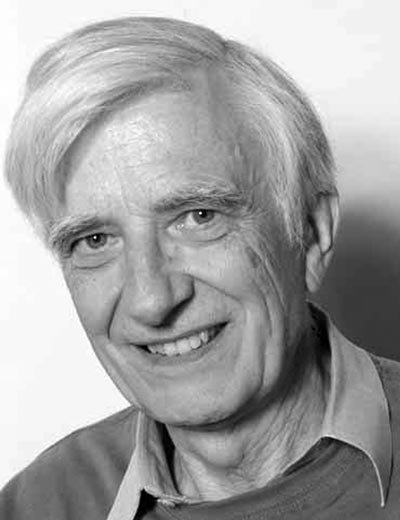
Ian Fleming was born in London as the son of Major Valentine Fleming, a Conservative M.P., who was killed in World War I, and Evelyn St. Croix Fleming. He was educated at Eton, Sandhurst. After resigning from Sandhurst, which infuriated his mother, Fleming studied languages at the universities of Munich and Geneva. He took the Foreign Service exam, but found himself at the age of twenty-three without a career. From 1929 to 1933 he worked as a journalist in Moscow, then a banker and a stock-broker in London (1935 to 1939).
During World War II Fleming was a high ranking naval officer in the British intelligence. Owing in part to his facility with languages, he was a personal assistant to Admiral John H. Godfrey, who served as the model for James Bond’s commanding officer, “M”. Fleming organised the No. 30 Assault Unit – the Germans had successfully used similar Intelligence assault unit in Crete in 1941. During a training exercise Fleming had to swim underwater and attach a mine to a tanker. This act became material for the climax of Live And Let Die (1954). After the war Fleming was a foreign manager of Kemsley Newspapers. He held this post until the newspaper group became Thomson Newspapers in 1959.
Fleming’s first book was not a spy novel but a foreign correspondent’s guide-book which was issued for the education of his staff. In 1952 he married Anne, Lady Rothmere, in Jamaica, where most of the Bond books were written after his marriage. The first Bond adventure, Casino Royal, appeared in 1953, and it was followed 13 others. Casino Royal was partly based on Fleming’s less fortunate gambling experience in Lisbon during the war. Incidentally, the first novel of Fleming Casino Royal was transformed into a motion picture by the same name in year 2007. The work set up what became the basic structure for most of the Bond books. Bond travels to some colourful place where he meets one or two beautiful women who have secrets in their past. Sometimes Bond is captured by his enemies but always he destroys the villain with delusions of grandeur, saves the world, and gets the good girl.
From Russia, With Love (1957) broke the formula: 007 appeared in the eleventh chapter. President John F. Kennedy listed it in 1961 as one of his favourite books.
In Doctor No (1958) Fleming combined elements of science fiction in the story. The villain, Dr. No., has developed a radio beam and intends to deflect U.S. test missiles from their projected course. Live and Let Die introduced Mr. Big, a new member of Smersh, the enemy agency Bond so often found working against. Other famous villains include Auric Goldfinger from Goldfinger (1959), KGB killers Rosa Klebb and Donovan Grant (From Russia, with Love) and Scaramanga (The Man With The Golden Gun, 1965). Goldfinger was named after the architect Erno Goldfinger, a Marxist and the designer of the Modernist tower blocks in London, Balfron Tower and Trellick Tower. Bond’s arch nemesis was the half-Polish, half-Greek Ernst Stavro Blofeld, the founder of Spectre, an acronym for Special Executive for Counterespionage, Terrorism, Revenge, and Extortion. Blofeld appeared in three novels: Thunderball (1961), On Her Majesty’s Secret Service (1963), and You Only Live Twice (1964).
In 1956 Fleming started selling his novels to be adapted for a comic strip. He was asked to contribute to a series of articles for London’s Sunday Times on diamond smuggling. The articles appeared in book form in 1957. Fleming published A successful children’s book about a magical car, Chitty-Chitty-Bang-Bang.
Fleming also contributed to many periodicals under the pseudonym Atticus. Among his non-fiction is the travel book Thrilling Cities (1963). It was based on articles published in Sunday Times in 1959-60.
The film version of Doctor No was released in 1963. The spring of the same year saw the publication of On Her Majesty’s Secret Service, including a limited edition of 250. The cover featured the Bond family coat of arms complete with the motto ‘The World Is Not Enough.’ In between writing Fleming developed a passion for treasurehunting, not merely in the Caribbean Islands and Seychelles, where he followed old pirate’s maps and tales, but also in England. In spite of warning’s from doctors, Fleming did not give up his outdoor activities, and the final heart attack which ended his life came at the Royal St. George’s Sandwich golf course in Kent on 12 August, 1964. The Man with the Golden Gun, finished by Fleming’s literary executors, was published posthumously. Octopussy, a collection containing two of Fleming’s Bond stories, appeared in 1966.
In 1981 John Gardner started to write James Bond books and later the series was continued by Raymond Benson.

